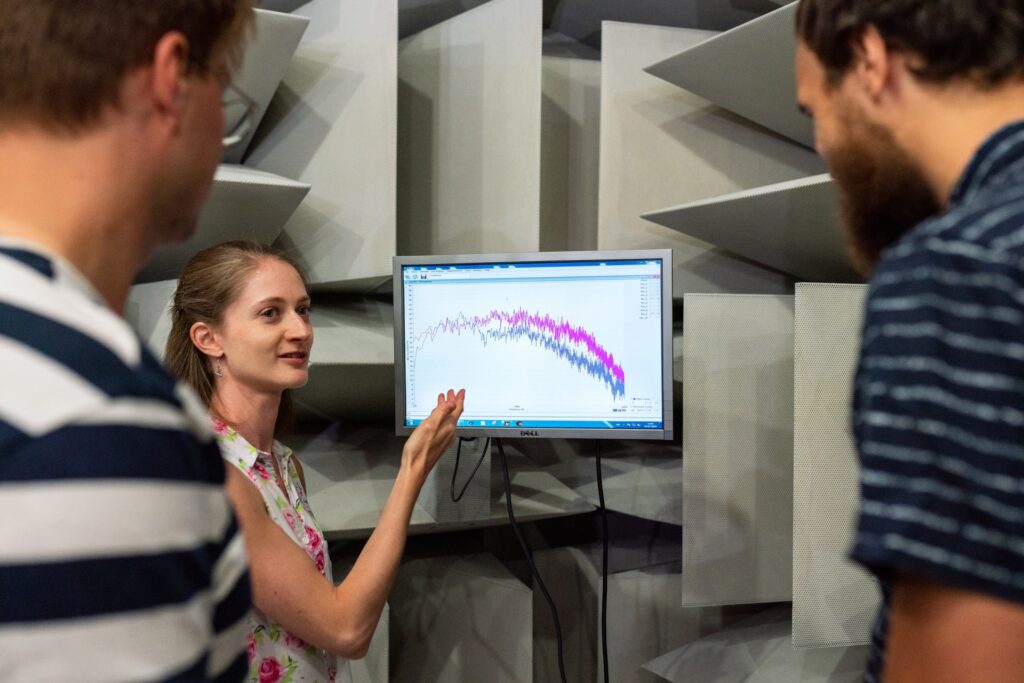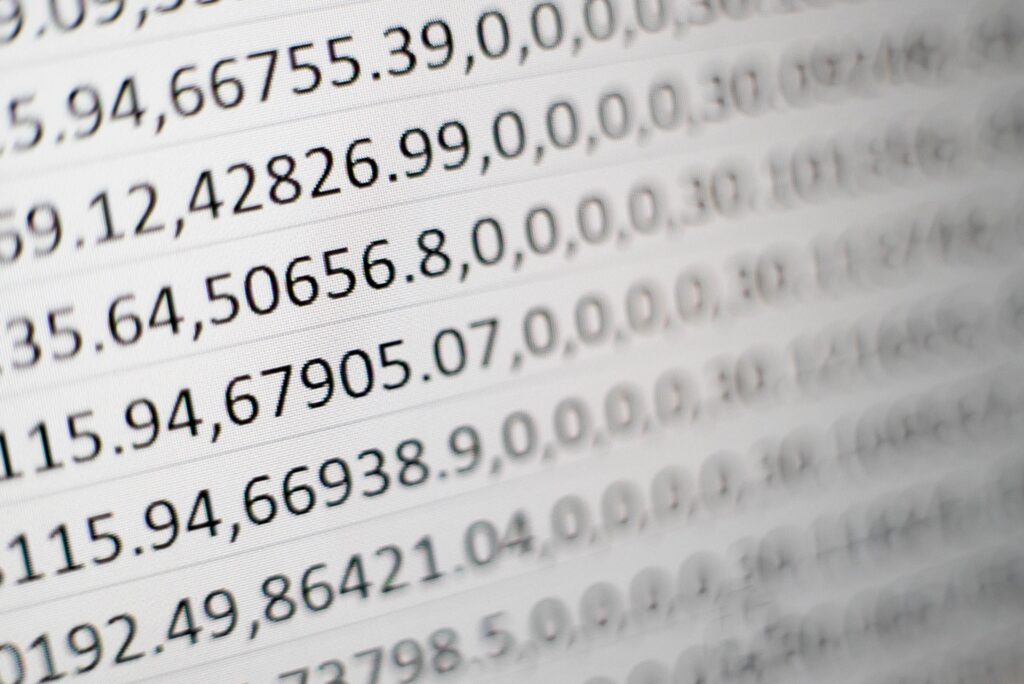
Best Strategies on How to Interpret Data in Statistics
In the digital world, it is crucial to know about data interpretation and analysis. The challenge is that massive data can be frightening and complicated. A business entity is prosperous when it can successfully analyze and interpret complex data. They must have accurate data for decision-making.
Most businesses will look for business dashboards to take care of their big data. It has the capability of knowing the key performance indicators for qualitative and quantitative data analysis. With these innovative concepts, it is possible to make fast-paced and data-driven decisions. They help become business leaders for sustainable success; streamlined visual communication helps the business offer real-time and accurate data. It is critical to know about data interpretation to understand the concept.
What is data interpretation?

It is implementing all the process when the data is reviewed for different purposes and concluding. After data interpretation, it will give meaning to the information analyzed to provide significance and implications. The process is essential to offer a condition that happens, using the right way. Data comes in numerous sources, and you need an excellent analysis process to have an order.
Data analysis is subjective; this is why the interpretation’s goal and nature vary from one business to another. It will correlate with other data types for research, with different processes to implement the two categories. The most common divisions include qualitative and quantitative analysis. Serious data interpretation has a relation to visual presentations and data findings, which helps with scales of measurement and decision-making. As for students, data interpretation can be challenging; it is advisable to get help. Homeworkdoer.org is one of the practical and affordable ways for all your inquiries.
- Before starting data analysis, you need to decide on the data and the impact of data interpretation. There are different scales, including:
- Nominal scale: They are non-numeric categories with no rankings. They are exclusive and exhaustive when compared to quantitatively.
- Ordinal scale: It happens in a logical order, following an exhaustive and exclusive pattern. All the ratings and agreements happen on an ordinal scale.
- Interval: This is where data is formed in order and with equality to different distances; it comes in an arbitrary zero point.

When scales are measured, there are two interpretations to suit all the needs. The analyst has to know the differences between coincidences, causation, and correlation to interpret data. The expert needs to consider all the factors involved and get accurate results.
They need to know all the factors and get better results from the different interpretation approaches. Data interpretation helps people to know about numerical data to collected, presented, and analysis.
You need to use the baseline method to interpret data; the analysis team will then structure the foundation. There are different methods and departments for data interpretation with the same goals. It leads to wasted energy, similar and repeated efforts, and loss of money using different approaches.
Below are different ways to interpret data in qualitative and quantitative analysis.
Qualitative data interpretation

A method is popularly known as categorical; the data will not go through numerical patterns or values. It should happen using a descriptive context; the narrative data gathering is from various activities and techniques. The approaches include:
- Observations: It details with detailed behavioral patterns in an observation group. The patterns are from the time spent on any activity and the communication method.
- Documents: It is similar to observations but can be coded and divided into different materials.
- Interviews: A collection method handles narrative data; the response comes in a group as a topic, theme, or category. This approach allows a higher focus on data segmentation
There are two kinds of analysis in data interpretation; qualitative and quantitative help with accurate information. It works by coding and facilitating all the different groups and labeling of data in specific themes. The approaches in data collection help with proper analysis; data analysis works in three ways.
Quantitative data interpretation
The approach uses the numerical method to know about certainties and do all the analysis. After analysis, there will be other certainties, so the research needs to be accurate and engaging. In this research, no number should be involved. The process deals with numerical data analysis and statistical modelings like median, average, and standard deviation.
Below find some of the terms used in statistics:

Mean helps in representing all the numerical average for different responses. It helps when dealing with data and a central value for specific numbers. It brings up the sum of all the values and then divided by the values in a data set. The terms will describe all the concepts and computations in words of average and other expectations.
A standard deviation is applicable in quantitative analysis and helps distribute all the responses on the mean. It offers consistency on the way to respond with the data results. It is the best way to provide information on the comparison of data.
The frequency of distribution is known as the response to any data helping to determine all the responses. The distribution is hugely keen on assessing the degree of consensus among data points. It happens using visual presentations between tests and more variables in any given value with different processes. All are applicable either together or separately to get a conclusion. The other approaches include prescriptive analysis and cohort analysis.
This process is essential when working with different sets of data in any field of statistics or research. Data analysis and interpretation have some co-relation. The process can be complicated and need massive data. It becomes an easier process when there are analysis tools and different machine learning approaches. The process helps in getting critical information to make better decisions for businesses, researchers, or individuals.
It helps in reviewing data for any specific process to offer a conclusion and the result helps make a difference and a decision. You need to know that, before interpreting data, you analyze it first. You will have to order, categorize, and manipulate all the questions given. This means that the process has to be accurate for the best results.




